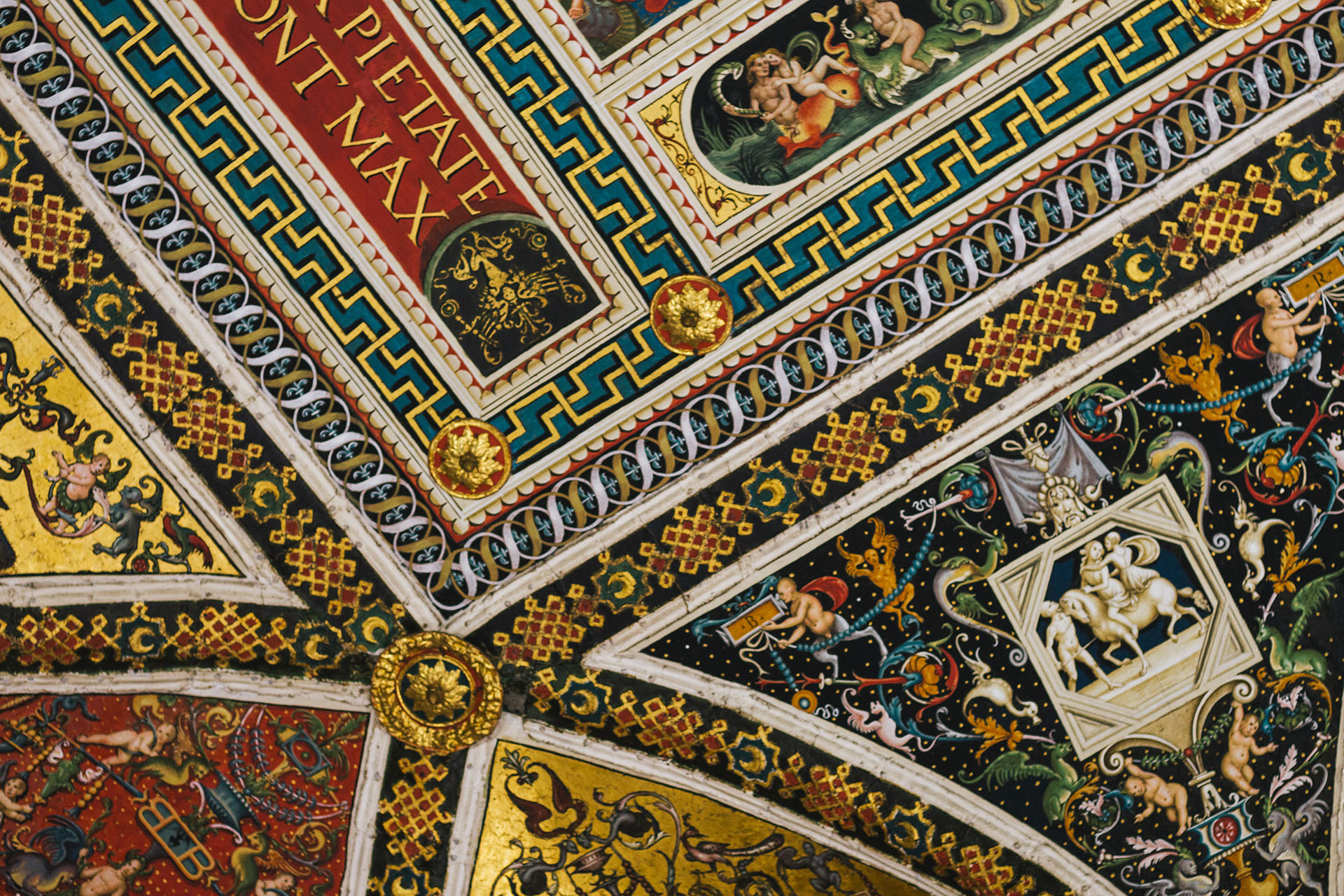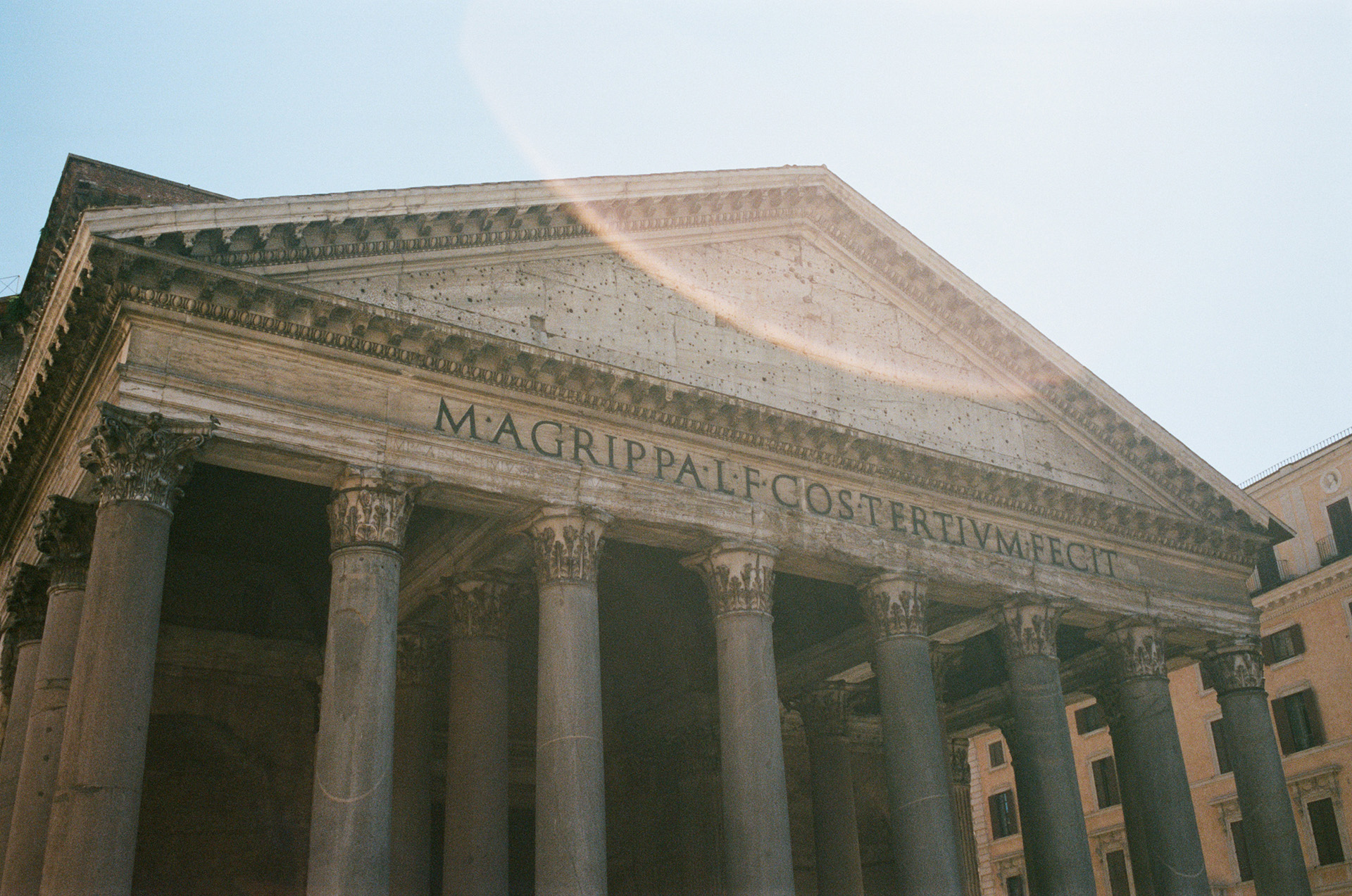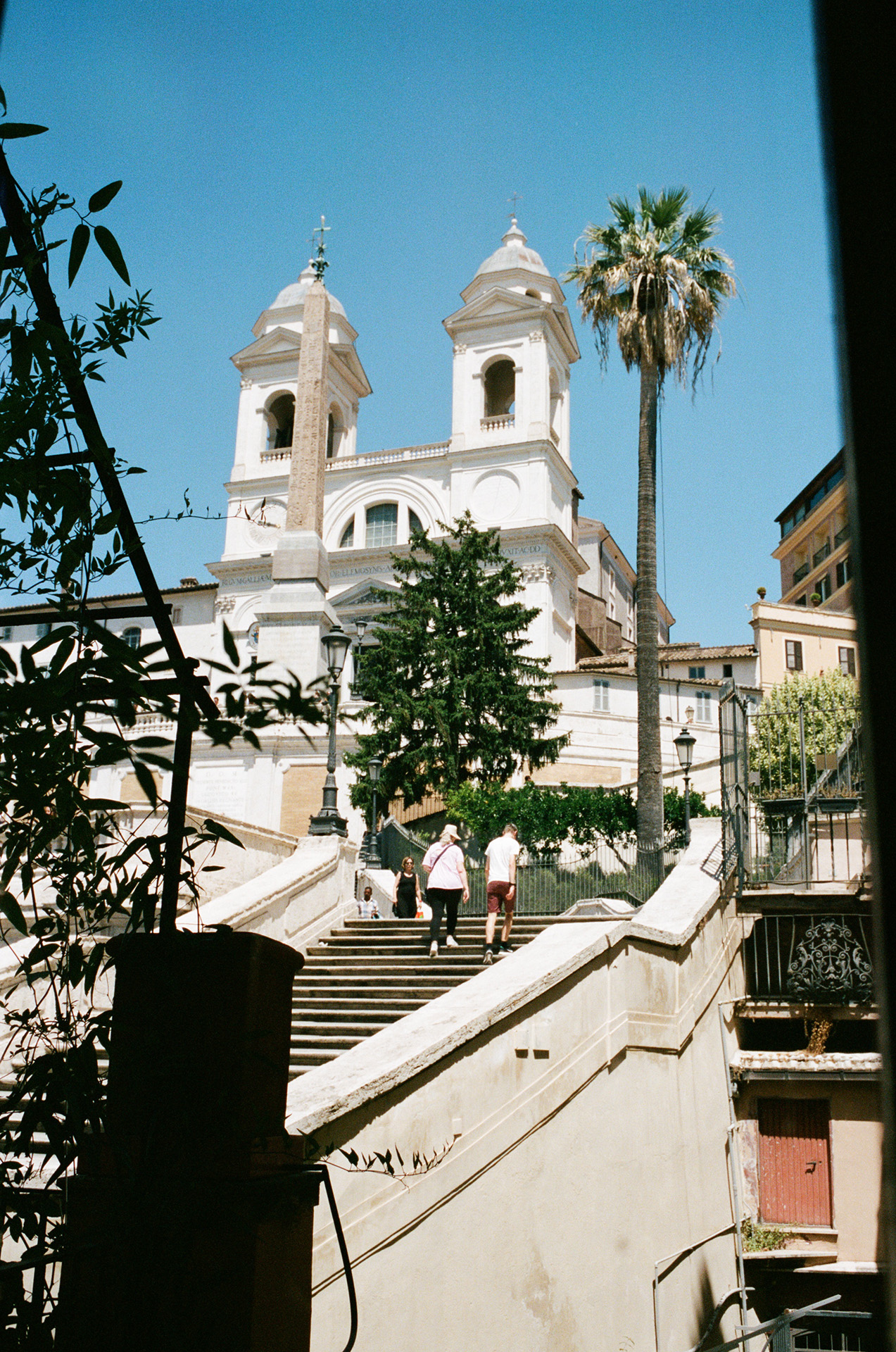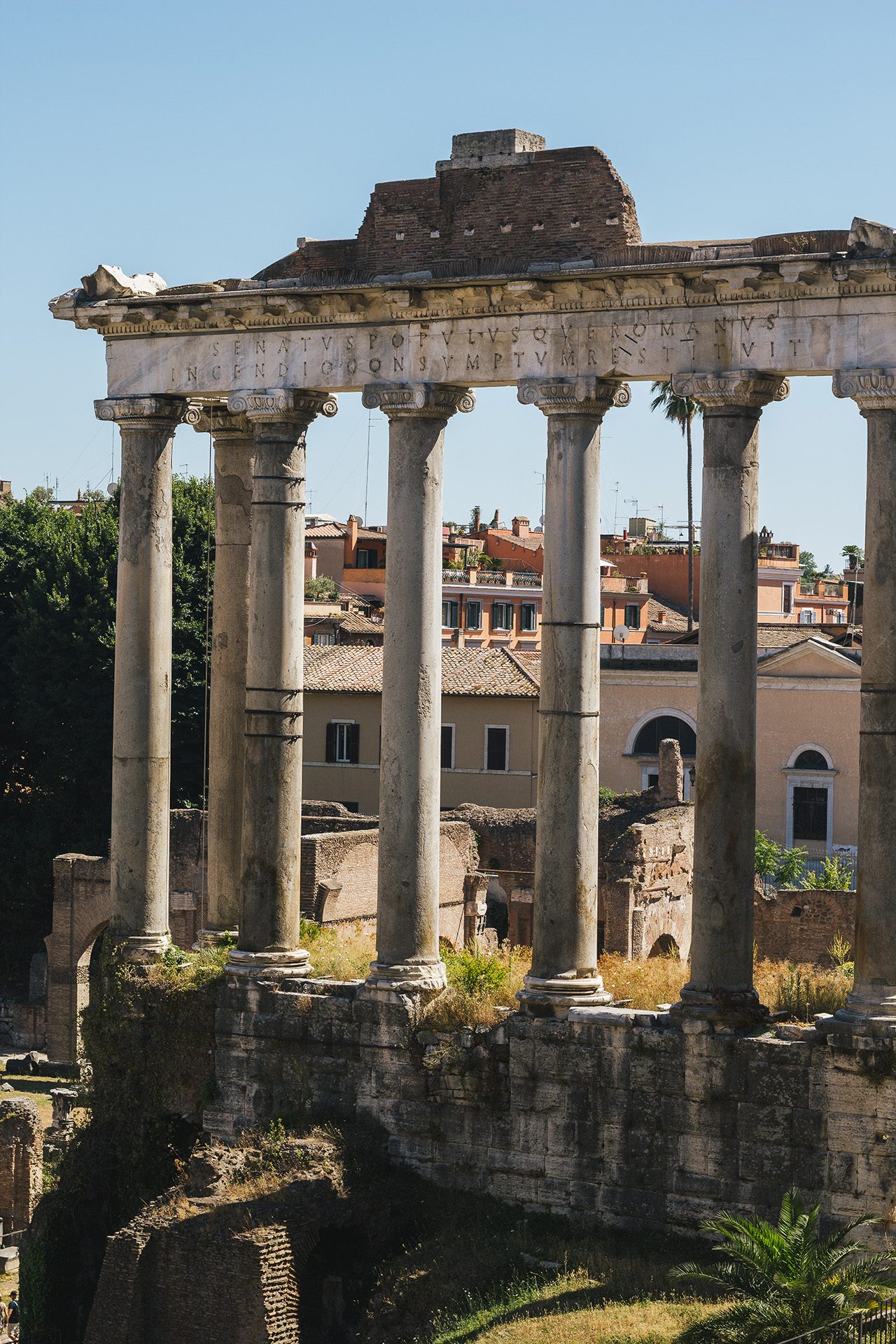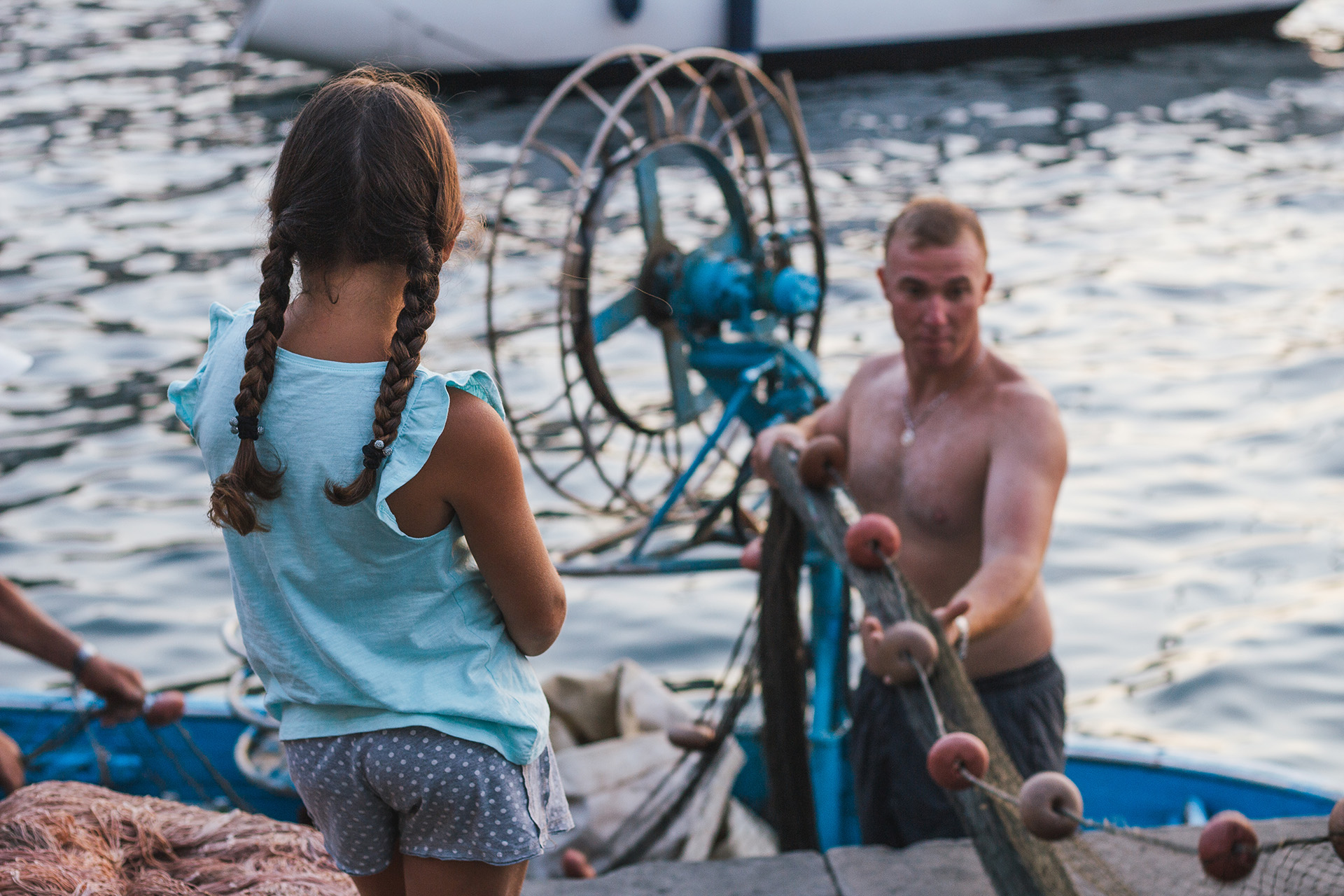
The Trip to Italy
On 29th June, my older brother Tom and I set off on a road trip through Italy. We had been planning it for a while, after having watched The Trip to Italy, the acclaimed TV series featuring Rob Brydon and Steve Coogan. In the show, the two actors play a “lightly fictionalised” version of themselves, and set off to the Lake District, Italy and Spain in seasons 1, 2 and 3 respectively, to taste food from Michelin star restaurants to write reviews for The Observer.
I first discovered the show by watching a YouTube compilation of Coogan and Brydon’s impressions of various actors, including Michael Caine, Alan Bennett and Richard Burton:
On paper, the show’s premise seems somewhat dull; two middle-aged men attempting to outdo each other’s impressions over a swanky meal. Yet the show has so much more to offer. It can be remarkably melancholic, especially with Mahler’s "Rückert-Lieder" playing in the background at the end of each episode. It can be culturally engaged, with both Coogan and Brydon reciting the Romantic poetry of Wordsworth, Shelley and Byron. Ultimately, it is great fun to watch – the dynamic between the eager, clownish Brydon and the aloof, “Byronic” Coogan carries the show throughout all of its episodes.
The Trip to Italy attempts to retrace the “Grand Tour” which the young Romantic poets undertook through Europe. In a similar way, Tom and I tried to trace a route through Italy which would arrive at key cultural landmarks in order to try to get a sense of Italy as a country. Driving through Italy, as opposed to getting a train or sailing from coast to coast on a ferry, was the best way of exploring the country as we could choose our routes and our stop-off destinations based on local recommendations. Our journey began by flying into Pisa, and it ended in the small island of Capri, near the Amalfi Coast.
Day 1: Pisa
Our first destination was Pisa. We flew in from Heathrow, arrived in the afternoon, and checked into the Grand Hotel Bonanno with enough time to see the Leaning Tower, the Cathedral, and the Baptistry within the Piazza del Duomo before sunset. After having snapped the conventional “leaning against the Leaning Tower of Pisa” photos, we made our way down towards the River Arno.
Our first destination was Pisa. We flew in from Heathrow, arrived in the afternoon, and checked into the Grand Hotel Bonanno with enough time to see the Leaning Tower, the Cathedral, and the Baptistry within the Piazza del Duomo before sunset. After having snapped the conventional “leaning against the Leaning Tower of Pisa” photos, we made our way down towards the River Arno.
For dinner, I ate roast pork with heavily seasoned potatoes, whilst Tom had ravioli. We had been told by the hotel receptionist that it could be busy in the city tonight. Unbeknownst to us, tonight was the “Battle on the Bridge” (Gioco del Ponte), an annual event originating in the 16th century. For one night a year, the north (the Tramontana) and south (the Mezzogiorno) of Pisa are pitted against each other to see who can push a cart over the opposite end of a bridge (the Ponte di Mezzo). We managed to watch the battle whilst having dinner and later viewed it amongst locals from Pisa. We decided to support the northern team – purely because we were standing on the north of the river – and they ended up winning 4-2 over the south!
Day 2: Florence
Florence was next. We arrived in the early morning and checked into our hotel, Oltrarno Splendid. “Splendid” was definitely the appropriate descriptor for this boutique hotel located just south of the centre of Florence, with 14 eclectic rooms featuring vintage furnishings and a great sized room. Davide, the hotel owner, was immensely helpful, providing us with a route around Florence for the day, as well as recommending some local Florentine cuisine in the evening.
I had previously visited Florence in 2014 on a cruise around Italy but did not appreciate the city for its history until now. This was no doubt helped by my studies in Renaissance literature last year – I now knew that Florence was the birthplace of the Renaissance, and could finally put faces to names I had read all too much about (Petrarch, Dante, Machiavelli etc.) The Cathedral and Tower (Giotto’s Campanile) were breath-taking, yet were too expensive to warrant entering, so we decided to enter the more moderately priced Medici Chapel, which featured Michelangelo’s Sagrestia Nuova (tombs built for members of the Medici family). The coalition between political and religious power, manifested in the sublime beauty of the Medici Chapel, struck me as awe-inspiring yet also terrifying to be on the wrong side of.
We strolled through the Boboli gardens, yet the sweltering heat prevented too much walking. It was worth the trek to the top of the gardens, however, as we were greeted by an incredible view of Florence and the Palazzo Pitti. We ate bruschetta and wild boar for dinner and made our way to the Piazzale Michelangelo, which afforded panoramic views of Florence as the sun set beneath the river Arno. To finish off the night, we watched an episode of The Trip to Italy.
Day 3: Tuscany Region
Another early start to the day. We set off from Florence and started making our way south towards our remote hotel, Il Borgo Casa Al Vento, in Tuscany. The journey gave us a good chance to soak in the views of the rolling countryside and vineyards, whilst hammering out some beloved tracks from the PS3 game Skate 2 and 3. The tall, thin Mediterranean cypress trees leading to villas gave me flashbacks to the Ecce Romani textbooks I used to study in Latin lessons at school. After being led slightly off the beaten track by Apple Maps, we arrived at our small hotel. Here we could relax by a pool (for a change), and I could catch up on reading some Thoreau. For dinner, we enjoyed a charcuterie board, followed by a beef pasta dish and a glass of red on the terrace. We watched another episode of The Trip to Italy to finish off a chilled day.
Day 4: Siena and Montepulchiano
We left the hotel after (yet another) continent breakfast and started the short drive towards Siena. Again, unbeknownst to us when we booked this trip, another important historic event – the bi-annual Palio di Siena horse race – was taking place on the day we just happened to be visiting the city! Despite not being able to stay for the evening race, we could still soak up the atmosphere and the meticulously followed traditions around the city. The race, featured in Quantum of Solace (2008), pits the 17 different contrade of Siena against each other in a 90-second race (three laps around the Piazza del Campo). Given the short (and somewhat anticlimactic) nature of the race, the emphasis is placed on the build-up, with each contrada carries out differently.
Each contrada is named after an animal, with long traditions associated with each ritual. I chose the flag of the Tartuca (Tortoise), a southern province where many sculptors lived, whereas Tom chose the flag of the Selva (Forest), a central province with many weavers living there. Ultimately, neither of us were lucky in our team decisions, since it was the Giraffa (Giraffe) team who won. Nonetheless, we were both amazed at the way in which the whole city threw itself into the celebrations, with long tables of families eating in the streets, and processions with hundreds of people which included one man fully clothed in a suit of armour (in temperatures of up to 37°C)! The sense of community and belonging experienced by the Sienese people partaking in a tradition which originated in medieval times was amazing to witness. To get a sense of the passion that goes into the race, check out this BBC video:
None of this took away from the beautiful architecture of Siena, including the central Cathedral, which combined elements of Romanesque, Classical and French Gothic architecture. Undoubtedly the most beautiful area of the cathedral was the Piccolomini Library, which featured frescoes detailing scenes from the life of Pope Pius II, painted by Renaissance artist Pinturicchio to honour his maternal uncle. Tom told me that this was his favourite city to visit on the trip, but my favourite destination was still to come.
We made our way towards Montepulciano, where our next hotel was located. On the way down to the hotel, we made a slight detour towards Lake Trasimeno, the fourth largest lake by surface area in Italy. The lake is famous for being the site of a battle in 217 BC where the Carthaginians (led by Hannibal) defeated the Romans.
We arrived at Salcheto Winehouse, which was probably our favourite hotel we stayed in for the entire trip. The views up to the ancient town of Montepulciano and the Tuscan landscape were beautiful. We enjoyed the local wine of the region, and a four-course meal cooked by a personal chef (we couldn’t believe it either!) Our meal included a zucchini tart, gnocchi with beef ragout, chicken and vanilla cheesecake. To round off an incredible evening we sat in a hot tub outside our hotel, looking at the starry heavens above.
Day 5: Pienza and Cascate del Mulino
The day started with a tour of the winery at Salcheto. There was a particular emphasis on sustainability; the underground fermenting area is completely lit by natural sunlight through metal cylinders which filter light through, and also serve as a tube to transport grapes directly into the fermentation barrels without need for any machinery. Knowing that the Winehouse took such pains to ensure sustainable practice only made the vino taste better.
We had a long days drive ahead of us to get to Rome, so we decided to break it up with a few breaks. Following a recommendation from a waitress in Salcheto, we decided to stop off at the nearby town, Pienza. The town is famous for its urban planning, attracting students from across the world to analyse the concepts and practices embodying rationality and humanism that later spread to other European centres. The town was rebuilt by Pope Pius II, as a retreat from Rome, and named after the Pope (Pienza means “city of Pius”). The town also featured in Zeffirelli’s Romeo and Juliet (1968).
Our next stop was Cascate del Mulino, a collection of thermal pools created by sulphuric hot springs. We took a quick dip in the pools and carried on the journey. One of the perks of driving through Italy is that you can see many small towns with rich histories that would otherwise be lost if travelling by train or by boat. For example, we saw a small town Pitigliano, built on the edge of a precipice. Nicknamed the little Jerusalem for its historic Jewish community, it was involved in wars with Siena for over 150 years, ending in a compromise of sorts where Siena recognised Pitigliano as a county while Pitigliano placed itself under Siena’s sovereignty. This is what makes Italy so memorable for me – the entire country seems packed with history just waiting to be discovered.
Day 6: Rome
The notion of history waiting to be discovered couldn’t be more epitomised by the city of Rome. We arrived in the evening of the night before and planned out a day’s journey in an attempt to visit every major landmark in the capital within six hours. 35,000 steps later, we had visited the Vatican, the Ara Pacis, the Spanish Steps, the Keats-Shelley Museum, the Trevi Fountain, the Pantheon, the Altare della Patria, the Colosseum, Palatine Hill and the Roman Forum. Delving into every landmark would probably take up an entirely new blog entry, so I will try to be brief.
The Vatican surpassed all my expectations due to the sheer amount of artefacts on show. Given that we were on a tight schedule, we had to rush through all of the other 53 galleries to get to the Sistine Chapel, which, let’s face it, was the main reason most people were at the Vatican. Of course, there were other amazing pieces of art in the Vatican, including Raphael’s fresco The School of Athens. Unfortunately, I couldn’t name every philosopher in the painting.
The Sistine Chapel didn’t disappoint. I had written about the censorship of nudity in Michelangelo’s The Last Judgement previously and painted the iconic hands in The Creation of Adam for my art project in sixth form, but it couldn’t prepare me for coming face-to-face with such a work of immersive beauty. The only thing that somewhat spoiled the experience was a Monty Python-esque event where a voiceover blared into the speakers saying “Shhh! No photos!” I can’t say that I was touched by some higher power, but we were definitely ushered out quickly along with the rest of the crowd by the guards in the chapel to keep things moving. There were many aspects of Rome that I had read about or seen as part of my degree, but being there in person just doesn’t compare; for me, it made these abstract concepts and events in history real and tangible.
The Keats-Shelley Museum was a sanctuary away from the heat and housed a fascinating collection of memorabilia from British writers who came to live in Italy. Given my travels so far, I can definitely understand why Italy, and in particular Rome, is the destination of choice for creatives coming from dreary old England. We tried to get into the Colosseum but, given that we hadn’t pre-booked any tickets, the 2-hour waiting time in scorching heat in cramped queues didn’t appeal to us much. Instead, we decided to take a stroll through the ruins of Ancient Rome. Nothing exemplifies the “Eternal City” more than walking amongst the ruins of the Roman Forum, in the middle of a cutting edge, modern cosmopolitan city.
Our dinner was in the trendy district of Trastevere, in a place called “Eggs”. We had zucchini ‘flowers’ deep-fried with cheese, followed by an eggy carbonara, which was delicious. As usual, the day ended with an episode of The Trip to Italy.
Day 7: Sorrento
The one destination we failed to visit in Rome was the Protestant Cemetery, where the Romantic poets Keats and Shelley are buried, along with the Italian Marxist intellectual Gramsci. We decided that the exhausting journey into the city centre by car wasn’t worth seeing the graveyard, and it gave us a good reason (among many!) to return back to Rome. Our next stop on the trip was Sorrento, opposite the Bay of Naples and Mount Vesuvius.
On the way to Sorrento, we decided to stop off at Cinecittà Studios, the largest film studio in Europe, dubbed the “Hollywood on the Tiber.” We were led on a tour of the most famous sets, including a fibreglass model of the Temple of Jerusalem, which, despite taking months to build, only featured for around 5 minutes in the film The Young Messiah (2016). The vertical lines of the set were deliberately angled inwards to account for the distortion effects produced by the wide-angle lens. We drove through Naples and then dropped into our hotel (Johanna Park) at Sorrento. The town was beautifully lit with golden hour sun – you can see why creatives from Ibsen to Nietzsche have been attracted to stay in this part of Italy. Following advice from Tripadvisor, we had dinner at Porta Marina Seafood. This restaurant is hidden away from the centre of the marina, affording unobstructed views onto the Tyrrhenian Sea as the sun sunk below the horizon. For dinner, we had buffalo mozzarella with tomatoes and salad, followed by various grilled seafood with potato wedges and, of course, limoncello! Accompanying us were some colourful locals singing from a boat. After a quick tour of the town at night, we retired to bed.
Day 8: Capri
Our final day in Italy was one of the most picturesque. We boarded a ferry from the marina to Capri. Upon approaching the area, we were met by the famous Marina Grande, displaying an impressive array of colourful buildings. We took a quick walk to the centre of Capri (unfortunately, there was not enough time to visit Anacapri), and bought some limoncello to take home with us. I soon came to regret my choice of footwear (sliders) as I cut both my big toes on the many stairs leading us up and down from the centre! We took a boat tour around the island, where we learnt that the second Roman emperor, Tiberius, had spent his later years, and the spot where he had criminals thrown off the cliff into the crystal waters below… The highlight of the cruise was obviously sailing through the Faraglioni, the famous stacks of rocks located on the south side of Capri. There were some absolutely outrageous yachts docked in the Marina Piccola (apparently Roman Abramovich sails his yacht Eclipse here!) We finished off our trip with a quick pizza in Capri, and then made the journey to Naples International Airport.
Overall, our trip lived up to all of our expectations. My favourite place was undoubtedly Rome; they don’t call it the “Eternal City” for nothing, I guess. We thought we knew so many of these places from a cursory browse through Wikipedia or Google Images, but, in the end, nothing truly compares to experiencing these places for yourself. I hope this is the first trip of many more to come.
And with that, there’s not much else to say but arrivederci!










